Are you wondering how much a diamond costs and what factors influence its price? At HOW.EDU.VN, we understand that determining the true value of a diamond can be complex, with numerous elements affecting the final price tag, and we are here to provide clarity. This guide will delve into the intricacies of diamond pricing, covering everything from the 4Cs to fancy colored diamonds, empowering you with the knowledge to make an informed decision. Let’s explore diamond valuation, investment, and cost considerations.
1. What Is The Cost Of A Diamond?
The cost of a diamond varies significantly based on several factors. A diamond’s price can range from a few hundred dollars to millions, depending on its characteristics. Key factors include the 4Cs—cut, color, carat, and clarity—which significantly influence a diamond’s value.
Diamonds, renowned for their exceptional brilliance and enduring allure, have captivated individuals for generations. Whether commemorating a significant occasion, signifying a lifelong commitment, or simply indulging in aesthetic pleasure, the acquisition of a diamond represents a substantial investment. Consequently, comprehending the multifaceted factors that impact the pricing of these precious gems is imperative for both prospective purchasers and seasoned connoisseurs.
1.1 The 4Cs: A Deep Dive
The 4Cs are the foundation of diamond pricing. Each “C” contributes differently to the overall value of a diamond.
-
Cut: The cut refers to the proportions, symmetry, and polish of a diamond, influencing its brilliance. A well-cut diamond reflects light optimally, enhancing its sparkle.
-
Color: The color grade measures how colorless a diamond is. The less color, the higher the grade, with the exception of fancy colored diamonds.
-
Carat: Carat is the unit of weight for diamonds. One carat equals 0.2 grams. Larger diamonds are typically more expensive per carat.
-
Clarity: Clarity refers to the absence of inclusions (internal flaws) and blemishes (surface defects) in a diamond. Fewer imperfections result in higher clarity grades.
1.1.1 Cut: The Sparkle Factor
The cut of a diamond is crucial as it determines how well the diamond interacts with light, directly affecting its brilliance, fire, and scintillation. According to the Gemological Institute of America (GIA), a diamond’s cut grade ranges from Excellent to Poor. An excellent cut maximizes light return, resulting in a dazzling sparkle.
1.1.2 Color: The Hue Spectrum
Diamond color is graded on a scale from D (colorless) to Z (light yellow or brown). Colorless diamonds (D-F) are the most valuable, while fancy colored diamonds, such as blue, pink, and yellow, are graded differently and can command high prices due to their rarity.
1.1.3 Carat: Size Matters
The carat weight of a diamond significantly impacts its price. As carat weight increases, the price per carat typically increases as well. For example, a 2-carat diamond will cost more than twice as much as a 1-carat diamond of similar quality.
1.1.4 Clarity: Spotless or Spotted?
Diamond clarity is graded based on the presence and visibility of inclusions and blemishes. The GIA clarity scale ranges from Flawless (FL) to Included (I3). Flawless diamonds are extremely rare and, therefore, highly valuable.
2. How Much Do Diamonds Under 1 Carat Cost?
Diamonds weighing less than 1 carat are priced based on their cut, color, and clarity. These diamonds, often referred to as “pointers,” can range from $150 to $1,000 AUD, but a high-quality 0.50-carat diamond can cost upwards of $3,000 AUD.
2.1 Price Range for Smaller Diamonds
| Carat Weight | Average Price Range (AUD) |
|---|---|
| 0.25 carat | $300 – $800 |
| 0.50 carat | $800 – $3,000 |
| 0.75 carat | $1,500 – $5,000 |
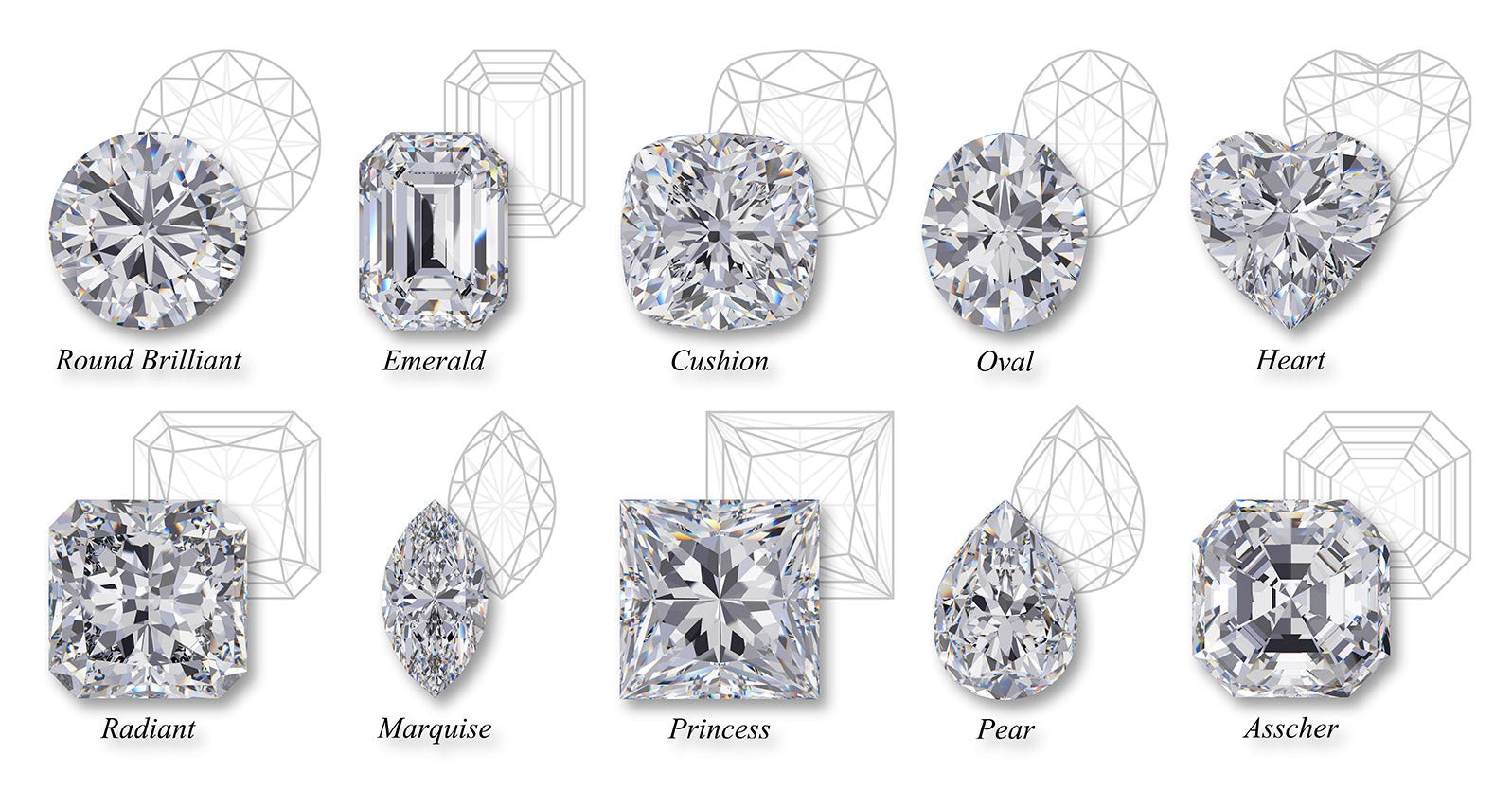
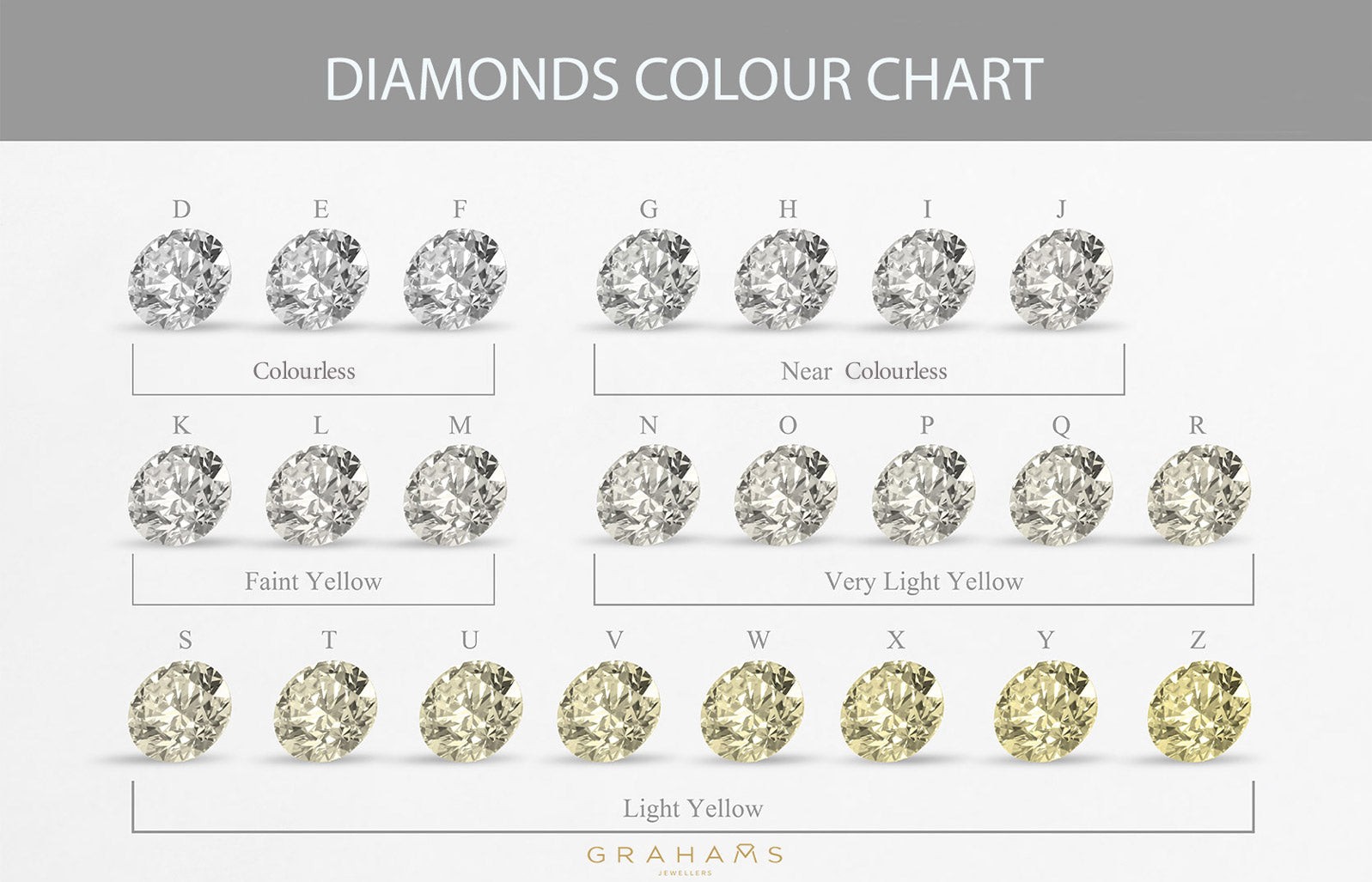

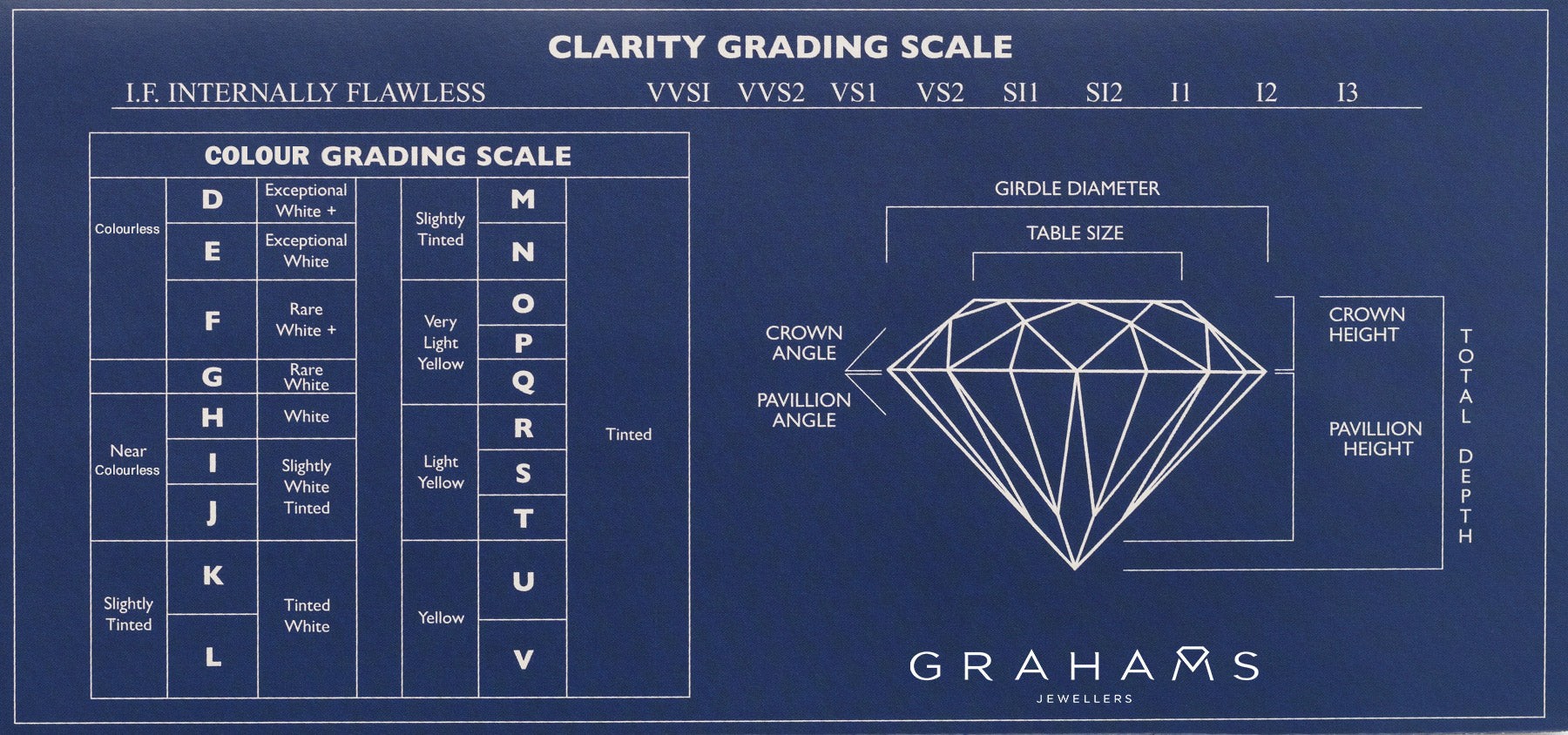
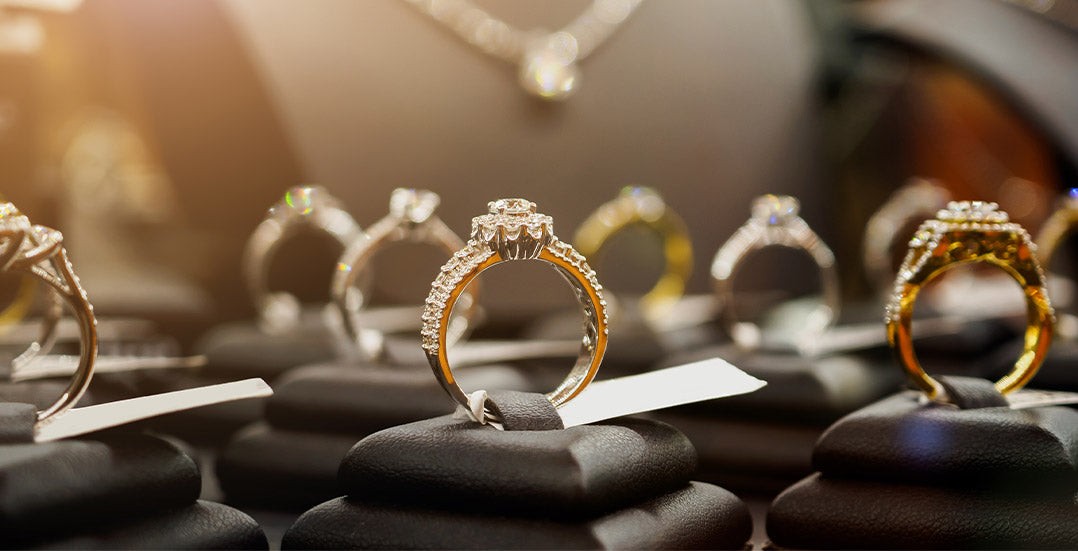
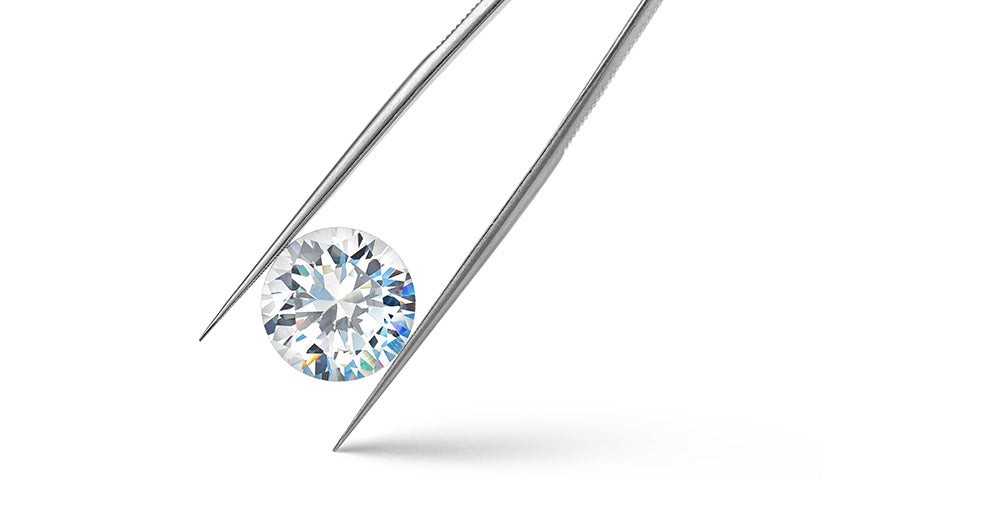
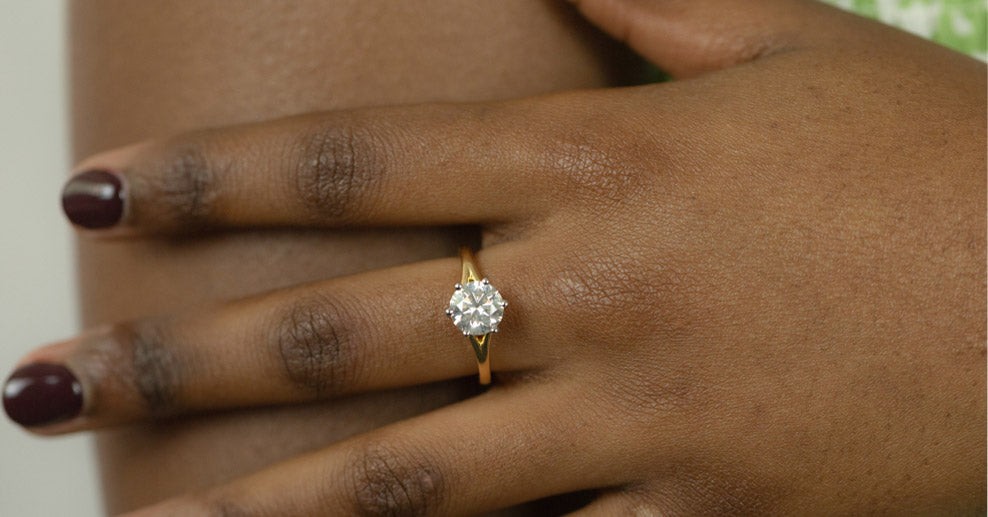
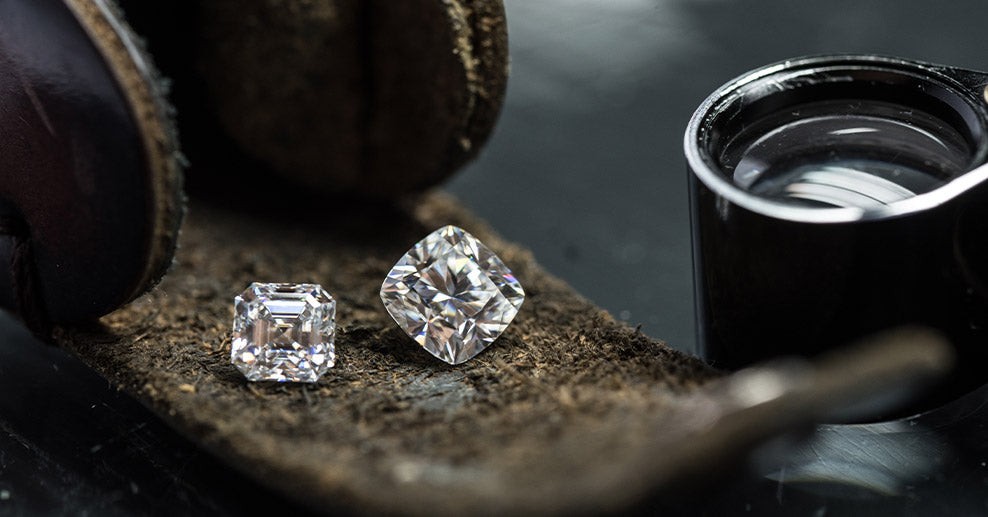
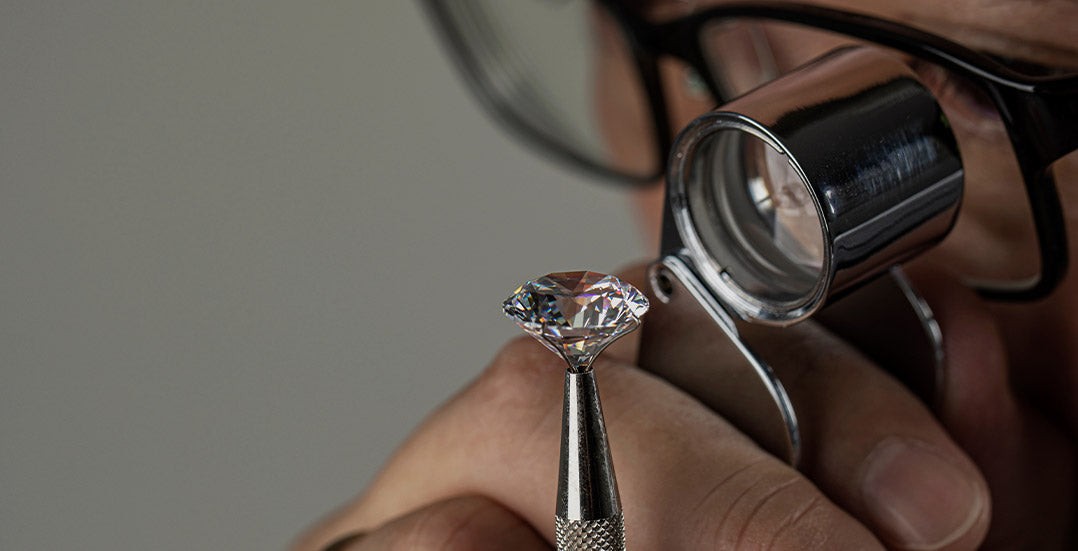
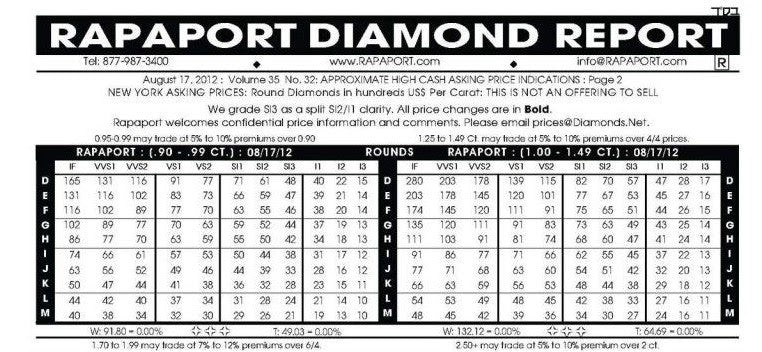
3. What is the Price of 1 Carat Diamonds?
A 1-carat diamond’s price typically ranges from $2,000 to $12,000 AUD, depending on its cut, color, clarity, and shape. This price reflects the diamond alone, excluding any setting or jewelry costs.
3.1 Factors Influencing 1-Carat Diamond Prices
- Cut Grade: An Excellent cut will command a higher price.
- Color Grade: D-F color grades are more expensive.
- Clarity Grade: FL to VS2 clarity grades increase the price.
- Shape: Round brilliant cuts are generally more expensive due to their popularity and light performance.
4. What is the Price of 2 Carat Diamonds?
For a 2-carat diamond, buyers can expect to pay between $5,500 and $60,000 AUD. The variability in price is due to the 4Cs. Higher color and clarity grades significantly increase the cost.
4.1 Detailed Look at 2-Carat Diamond Pricing
| Feature | Low End (AUD) | High End (AUD) |
|---|---|---|
| Cut | Good | Excellent |
| Color | J | D |
| Clarity | SI2 | FL |
| Estimated Price | $5,500 | $60,000 |
5. What is the Price of 3 Carat Diamonds?
While rare, a 3-carat diamond ring can start around $6,000 AUD, but prices can soar to $100,000 AUD or more for diamonds with higher cut, color, and clarity grades. Flawless diamonds certified by the GIA can exceed $150,000 AUD.
5.1 Understanding the Premium for 3-Carat Diamonds
| Attribute | Description |
|---|---|
| Rarity | Higher carat weights are less common. |
| Visual Impact | Larger diamonds make a significant visual statement. |
| Investment Value | High-quality 3-carat diamonds can be a good investment. |
6. What Is The Cost of Lab-Grown Diamonds?
Lab-grown diamonds are real diamonds created in a lab under controlled conditions. They are priced according to the 4Cs but are typically 30% cheaper than natural diamonds. This cost-effectiveness makes them an attractive option for those seeking exquisite gemstones without a hefty price tag.
6.1 Advantages of Lab-Grown Diamonds
- Cost: More affordable than natural diamonds.
- Ethical Sourcing: Environmentally friendly and conflict-free.
- Quality: Identical physical and chemical properties to natural diamonds.
7. Diamond Price Chart
The Rappaport list, a weekly publication used since the early 1970s, provides a guide for pricing diamonds based on their cut, color, carat, and clarity. Prices are listed per carat in $100 increments.
7.1 How to Use the Rappaport List
- Determine the 4Cs: Assess the cut, color, clarity, and carat weight of the diamond.
- Consult the List: Find the corresponding price per carat on the Rappaport list.
- Calculate the Price: Multiply the price per carat by the diamond’s carat weight.
8. Additional Factors Influencing Diamond Prices
Beyond the 4Cs, other factors can affect the price of a diamond, including its shape, fluorescence, and rarity. Fancy colored diamonds like black, blue, green, orange, and pink diamonds are particularly rare and command high prices.
8.1 Shape and Its Impact
| Shape | Popularity | Price Trend |
|---|---|---|
| Round Brilliant | High | Higher |
| Princess Cut | Moderate | Moderate |
| Oval Cut | Moderate | Moderate |
| Emerald Cut | Low | Lower |
8.2 Fluorescence and Its Effects
Fluorescence is the tendency of a diamond to emit a soft glow when exposed to ultraviolet (UV) light. While strong fluorescence can make a diamond appear milky or cloudy, it can also enhance the appearance of lower-color diamonds.
9. Investing in Diamonds: What You Need to Know
Investing in diamonds requires careful consideration of various factors, including market trends, diamond quality, and certification. High-quality diamonds can be a valuable asset, but it’s essential to buy from reputable sources.
9.1 Tips for Investing in Diamonds
- Buy Certified Diamonds: Ensure diamonds are certified by reputable gemological labs like GIA or AGS.
- Focus on Quality: Prioritize higher color and clarity grades.
- Consider Rarity: Fancy colored diamonds and unique cuts can offer higher returns.
- Stay Informed: Keep up-to-date with market trends and diamond prices.
10. Getting Expert Advice at HOW.EDU.VN
Navigating the world of diamond pricing can be daunting. At HOW.EDU.VN, we connect you with over 100 renowned PhDs and experts worldwide who can provide personalized advice and insights. Whether you need help evaluating a diamond’s quality, understanding market trends, or making an informed purchase, our experts are here to guide you.
10.1 Benefits of Consulting Our Experts
- Expert Knowledge: Access to leading gemologists and diamond specialists.
- Personalized Advice: Tailored recommendations based on your needs and budget.
- Informed Decisions: Make confident purchases with expert guidance.
- Valuation Assistance: Get accurate diamond valuations from experienced professionals.
11. How HOW.EDU.VN Experts Can Help
Our team of experts at HOW.EDU.VN can provide comprehensive assistance in understanding diamond prices and making informed decisions. Here’s how we can help:
- Diamond Valuation: Our experts can assess the value of your diamond based on its 4Cs, shape, and other factors. They provide detailed reports that you can use for insurance, resale, or simply to understand the worth of your investment.
- Market Trend Analysis: The diamond market is constantly evolving. Our experts stay up-to-date with the latest trends and can provide insights into how market conditions might affect diamond prices.
- Investment Advice: If you’re considering investing in diamonds, our experts can offer guidance on which diamonds are most likely to hold or increase in value. They can help you develop a strategy based on your financial goals and risk tolerance.
- Certification Verification: With so many certifications available, it can be challenging to know which ones are reputable. Our experts can verify the authenticity and accuracy of diamond certifications, ensuring you get what you pay for.
- Custom Jewelry Design: If you’re looking to create a custom piece of diamond jewelry, our experts can assist with every step of the process. From selecting the right diamond to designing the perfect setting, we ensure your vision becomes a reality.
12. The Importance of Diamond Certification
Diamond certification is a crucial step in ensuring the quality and value of your diamond. A certificate from a reputable gemological laboratory provides an unbiased assessment of the diamond’s characteristics, including its 4Cs, measurements, and any treatments or enhancements.
12.1 Key Benefits of Diamond Certification
- Ensures Authenticity: A certificate verifies that the diamond is natural (unless it’s lab-grown) and accurately describes its characteristics.
- Provides Objective Grading: Reputable labs use standardized grading systems, ensuring consistent and reliable assessments.
- Aids in Valuation: The information on the certificate is essential for determining the diamond’s market value.
- Facilitates Insurance Coverage: Insurance companies typically require a diamond certificate to provide coverage.
13. Diamond Buying Tips
Purchasing a diamond is a significant investment. Here are some essential tips to help you make a smart and satisfying purchase:
13.1 Set a Budget
Determine how much you’re willing to spend before you start shopping. This will help you narrow down your options and avoid overspending.
13.2 Research the 4Cs
Understand how each of the 4Cs affects the price and appearance of a diamond. This knowledge will enable you to make informed decisions and prioritize the characteristics that are most important to you.
13.3 Choose a Reputable Jeweler
Select a jeweler with a solid reputation and positive reviews. A trustworthy jeweler will be transparent about their diamonds and willing to answer all your questions.
13.4 Inspect the Diamond
Always inspect the diamond in person before making a purchase. Use a jeweler’s loupe to examine the diamond closely for any inclusions or blemishes.
13.5 Ask Questions
Don’t hesitate to ask the jeweler questions about the diamond’s origin, certification, and any treatments it may have undergone.
13.6 Compare Prices
Shop around and compare prices from different jewelers to ensure you’re getting a fair deal. Keep in mind that prices can vary based on the jeweler’s overhead costs and profit margins.
13.7 Read the Fine Print
Before finalizing your purchase, carefully review the jeweler’s return policy, warranty, and any other terms and conditions.
14. The Future of Diamond Pricing
The diamond market is dynamic, with prices influenced by various factors, including supply and demand, economic conditions, and technological advancements. Here are some trends that may shape the future of diamond pricing:
14.1 Lab-Grown Diamonds
The increasing popularity of lab-grown diamonds is likely to continue putting downward pressure on the prices of natural diamonds, especially in smaller carat weights.
14.2 Ethical Sourcing
Consumers are becoming more aware of the ethical and environmental implications of diamond mining. Demand for ethically sourced diamonds is expected to rise, potentially leading to a price premium for diamonds with verifiable origins.
14.3 Technological Advancements
New technologies, such as blockchain, are being used to track diamonds from mine to market, enhancing transparency and trust in the supply chain. These advancements could help stabilize diamond prices and reduce the risk of fraud.
15. Connecting with Experts at HOW.EDU.VN
Ready to take the next step in your diamond journey? Connect with our team of experienced PhDs and experts at HOW.EDU.VN. We offer personalized consultations to help you navigate the complexities of diamond pricing and make informed decisions.
15.1 How to Get Started
- Visit Our Website: Explore our website at HOW.EDU.VN to learn more about our services and experts.
- Schedule a Consultation: Contact us via WhatsApp at +1 (310) 555-1212 or visit our office at 456 Expertise Plaza, Consult City, CA 90210, United States to schedule a consultation with one of our experts.
- Discuss Your Needs: Share your goals, budget, and any specific requirements you may have.
- Receive Personalized Advice: Our experts will provide tailored recommendations based on your individual needs and preferences.
16. Conclusion: Making an Informed Decision
Understanding the factors that influence diamond prices is essential for making a smart and satisfying purchase. By considering the 4Cs, shape, fluorescence, and other factors, you can find a diamond that fits your budget and meets your expectations. At HOW.EDU.VN, we’re committed to providing you with the knowledge and resources you need to make informed decisions. Our team of experts is here to guide you every step of the way, ensuring you find the perfect diamond for your needs.
17. FAQs About Diamond Prices
17.1 What is the most important of the 4Cs?
The cut is often considered the most important C because it has the greatest impact on a diamond’s brilliance and overall appearance.
17.2 Are lab-grown diamonds as valuable as natural diamonds?
Lab-grown diamonds are chemically and physically identical to natural diamonds but typically sell for 30-40% less. Their value is primarily influenced by their ethical sourcing and lower cost.
17.3 How can I ensure I’m getting a fair price for a diamond?
Compare prices from multiple jewelers, buy certified diamonds from reputable labs like GIA or AGS, and consult with a diamond expert at HOW.EDU.VN.
17.4 Do diamond prices fluctuate?
Yes, diamond prices can fluctuate based on market conditions, supply and demand, and economic factors. Staying informed about current trends is crucial.
17.5 What is the best clarity grade for a diamond?
The best clarity grade depends on your budget and preferences. VS1 and VS2 grades offer excellent value, providing good clarity without the high price of flawless diamonds.
17.6 How does fluorescence affect diamond prices?
Strong fluorescence can negatively impact a diamond’s price, especially if it causes the diamond to appear milky or cloudy. However, slight fluorescence can enhance the appearance of lower-color diamonds.
17.7 Is it better to buy a larger diamond with lower quality or a smaller diamond with higher quality?
This depends on personal preference. Some people prioritize size, while others prefer higher quality. Consider your budget and what is most important to you.
17.8 What is the difference between a diamond certificate and an appraisal?
A diamond certificate is a report from a gemological lab that assesses the diamond’s characteristics. An appraisal is an estimate of the diamond’s value, typically used for insurance purposes.
17.9 How can I care for my diamond jewelry to maintain its value?
Clean your diamond jewelry regularly with mild soap and water, store it in a soft pouch or jewelry box, and have it professionally inspected and cleaned at least once a year.
17.10 What is the best shape for a diamond?
The best shape for a diamond depends on personal preference. Round brilliant cuts are the most popular due to their exceptional brilliance, while other shapes like princess, oval, and emerald offer unique aesthetics.
Don’t navigate the complexities of diamond pricing alone. Contact HOW.EDU.VN today and let our experts guide you towards making a confident and informed decision. Visit HOW.EDU.VN, call us via WhatsApp at +1 (310) 555-1212, or visit our office at 456 Expertise Plaza, Consult City, CA 90210, United States. Let how.edu.vn help you find the perfect diamond with confidence.